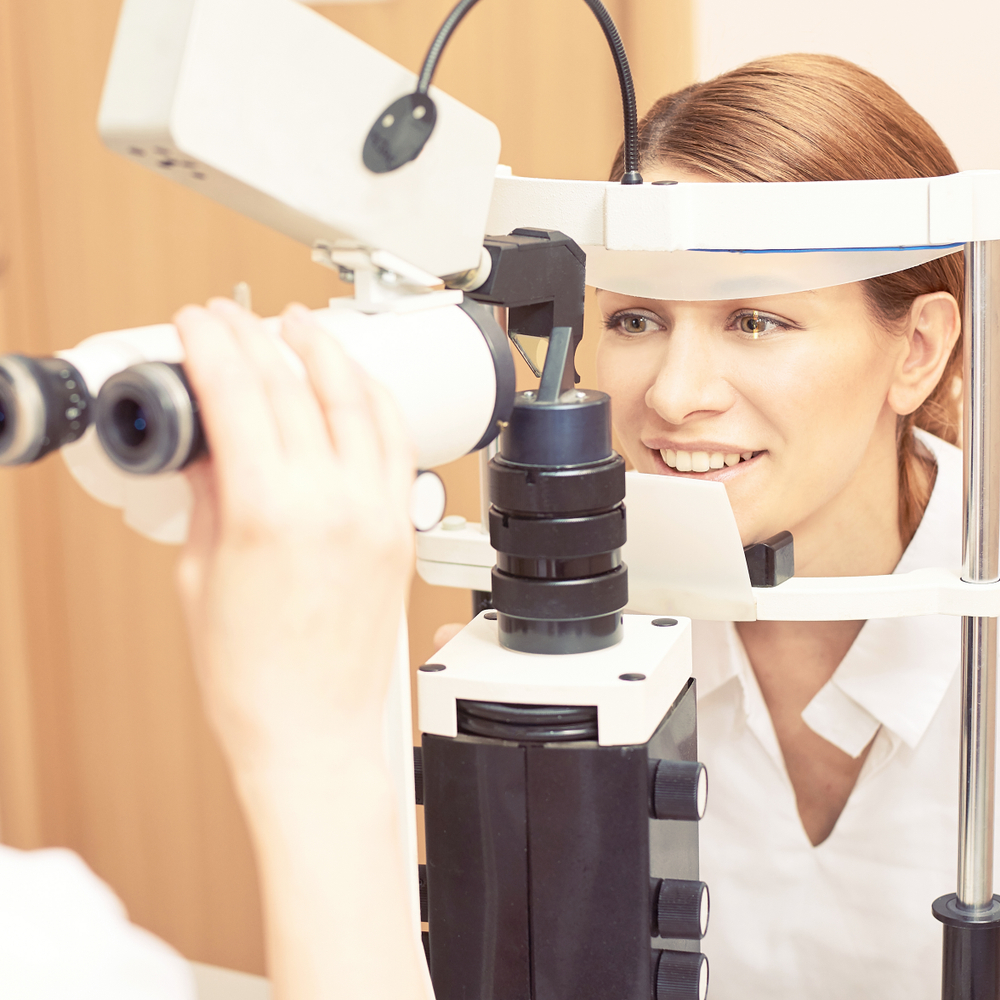Primary Health Insurance:
BlueCross BlueShield
United Health Care
Humana
Cigna
North Mississippi Acclaim
Medicare
Medicaid

Glaucoma is an umbrella term referring to a group of eye conditions with a specific pattern. Essentially, this group of diseases damages the optic nerve, the bundle of nerve fibers that carry information from the eye to the brain. Left undetected and untreated, this condition can lead to vision loss and blindness.
A glaucoma exam is a collection of tests meant to help detect or diagnose glaucoma. The disease occurs when fluid in the front part of the eye builds up, causing an increase in eye pressure. This increased pressure in the eye damages the optic nerve, which can lead to serious vision problems.
A glaucoma test involves measuring internal pressure in the eye and taking a detailed scan of the retina. This helps eye doctors look for signs of this serious eye disease. This exam looks for any of the common symptoms of glaucoma. That said, only a comprehensive eye examination can determine whether one has the disease.
In most cases, eye doctors perform glaucoma screening as part of a routine comprehensive eye exam. One type of glaucoma test involves checking what happens when the eye doctor blows a puff of air across the surface of your eye. Another test involves the use of eye-numbing drops in conjunction with a special device to examine the surface of your eye and measure eye pressure.
Eye Pressure Check
Just as increased blood pressure can increase your risk for stroke, high blood pressure poses a significant risk factor for glaucoma. Increased eye pressure is one of the key indicators of glaucoma. However, having high eye pressure does not necessarily mean that you have the condition.
The most definitive way to detect it is through a detailed eye exam that includes pupil dilation. This is why glaucoma screening involves examining the optic nerve and retina for signs of the disease.
Also known as tonometry, an eye pressure test involves the use of a tiny instrument to touch the surface of your eye. It is quick and painless. However, it requires the patient’s cooperation. Knowing this should help you relax during the test.
Visual Field Test
You should also expect to undergo this functional test during a glaucoma screening. This test will allow your eye doctor to determine whether you have any loss in your field of vision due to glaucoma. The test will also help determine the level of vision loss and the rate of disease progression. This will help your doctor choose the appropriate treatment option.
This test takes only a few minutes for each eye and is not painful. However, you need to be at ease and rested before undergoing this test to get the most accurate results. It may also require some learning experience.
Imaging Tests
Glaucoma imaging tests are a reliable way to monitor the progression of the disease. They are non-invasive and do not involve radiation. Your eye doctor will use eye drops to dilate your pupils before photographing your optic nerve.
Other tests you should expect during a glaucoma screening include corneal angle and thickness tests and a dilated eye exam.
To learn more about glaucoma exams, visit Primary Eye Care at our office in Tupelo, Mississippi. You can call (662) 200-9842 today to schedule an appointment.